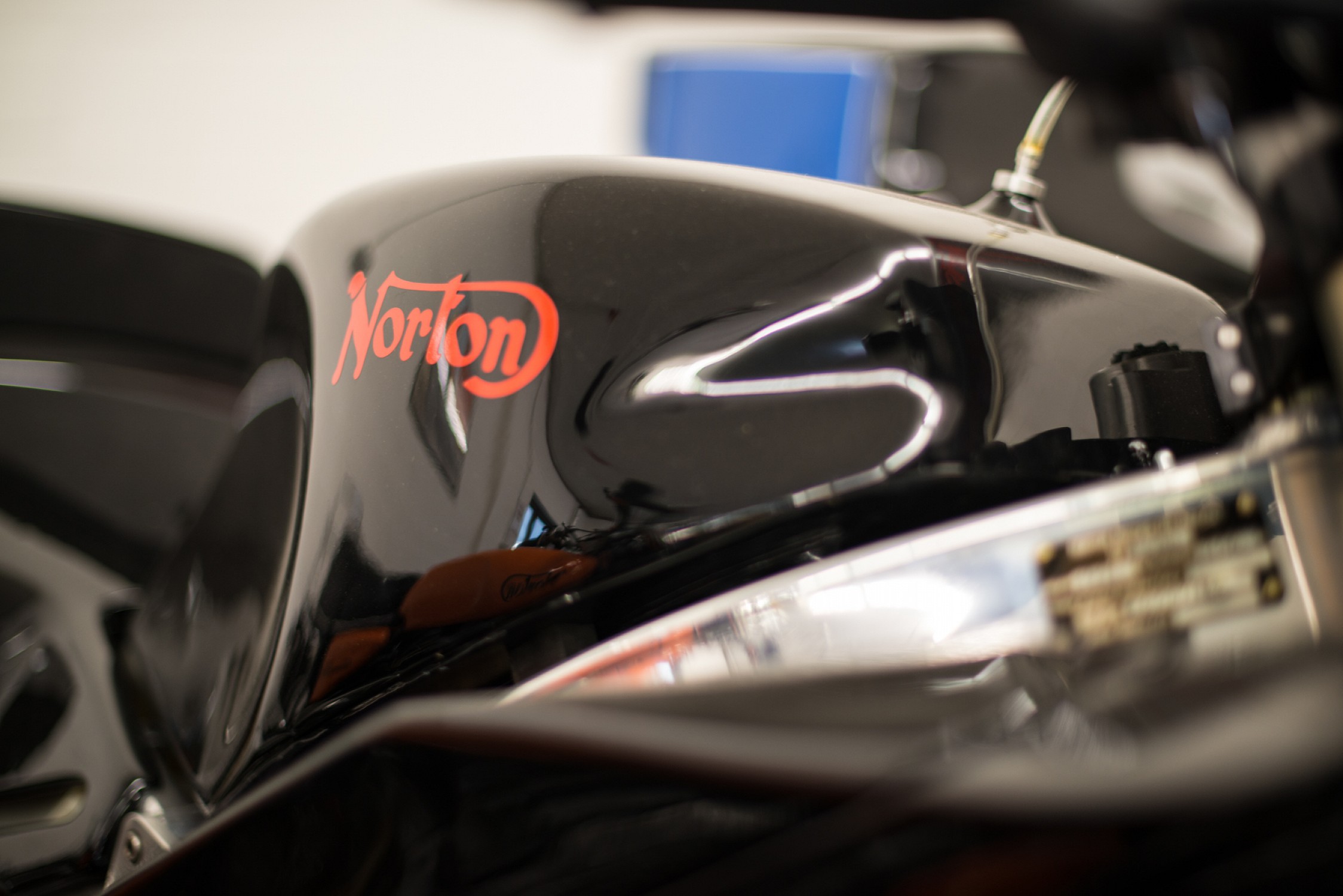More progress between dog walks, bicycle rides, fishing, and planting. The front fork assembly is sorted out with the proper bottom yoke. The existing tapered roller bearings have been properly loaded with the required spacer length. The crankcases are together and installed with the gearbox in the cradle/ swingarm assembly. The wiring spagetti is back in, the connectors and sheaths are in decent shape and should last a little longer. The new hep pistons are in the deglazed jug and I will try to install using Mr Comstock's method without ring clamps. Those oil rings were a bastard to squeeze together for entry.With the engine in the bike, I can drop the arse end down so the base is more level. Grandpaul's rebuild order has been helpful for the reassembly, also Mr White's chapter on the rebuild has been helpful, and also the wealth of information shared by Forum members. After the jug is on I will do the timing side and time the trispark with a dial indicator on the piston, as the Alton alternator has no timing mark references that I remember. So far I am pleased with the ease of assembly, with forethought to think each procedure through, there has been no struggle so far. As a newbie I need lots of time each step. She is starting to look like a motorbike again. Thanks to the folks helping me and showing interest, and others in the same boat as me, I hope you are making headway also. Cheers,Dave






